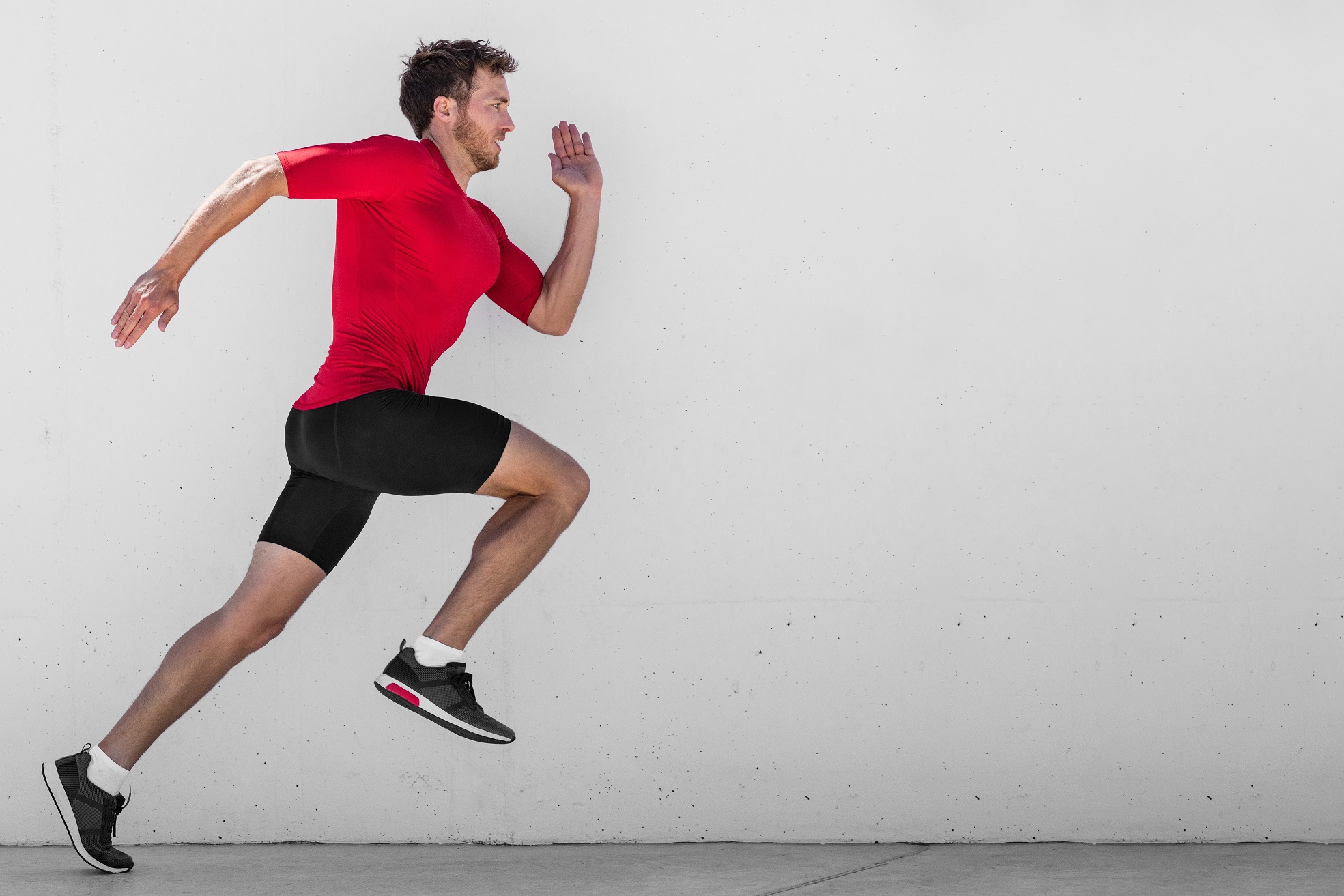THE AFTERBURN EFFECT

THE AFTERBURN EFFECT
WHAT EXACTLY IS THE AFTERBURN EFFECT?
While virtually all activity, from yoga to sleeping, requires energy, studies suggest vigorous exercise is especially effective at burning calories. Seems obvious, right? The harder you work, the more you burn. But it’s not just during exercise, it’s for hours after it’s concluded. And that’s where things get interesting.
The afterburn effect is simply additional energy expenditure that occurs after exercise. It is the fat your body burns AFTER you have completed your work out.
This so-called “afterburn effect” is more officially known as excess post-exercise oxygen consumption or simply, EPOC. And it isn’t new in the world of fitness. Several studies suggest there’s a strong correlation between the number of calories burned post exercise and the activity’s intensity. Simply put: The more intense the exercise, the more oxygen your body consumes afterward.
In order to truly understand how the afterburn effect works, you have to start by understanding how your body burns fat while you’re at the gym.
When you work out, your body uses more oxygen than it normally does. The more oxygen your body uses; the more calories you burn. However, your body doesn’t stop using excess oxygen the moment you step off the treadmill or put the weights down. Instead, your body has to return to its normal resting state and it takes oxygen to get it there. So, while your body is working hard to get back to that resting state, you will still burn more fat and use more calories than you would if you were just sitting around or doing some light activity.
HOW MUCH FAT WILL YOU BURN AFTER A TRIP TO THE GYM?
That depends on how hard you worked out! The more intense your workout, the greater benefit you’ll see from the afterburn effect. When it comes to HIIT (High Intensity Interval Training), sprinting in several 30 second bursts for instance, will actually do more for you later on in regards to calorie burn and fat loss than slowly jogging for 30-60 minutes which will not produce an effect of the same magnitude”. After all, it’s going to take your body longer to return to its normal resting state after a burst of sprinting than a slow jog.
However, some exercise physiologists have taken it a step further, saying that strength and power workouts come with a higher afterburn effect than traditional cardio, no matter how intense your cardio training is. A reasonable assumption, that correlates to the current scientific literature.
JUST HOW INTENSE DO YOUR AFTERBURN EFFECT WORKOUTS NEED TO BE?
Studies have shown that exercises which get you to 70-85% of your max heart rate will enhance this so-called effect. To figure out your max heart rate, simply subtract your age from 220. So, if you were 50 years old, your max heart rate would be 170. That means you’d need to perform exercises place your heart rate up to 119-145 to see the best results from said effect and help you burn more fat in the long term.
IS THAT AS HARD AS IT SEEMS?
All of this may have you thinking that you’re going to be exhausted and dripping with sweat every time you want to maximize your fat loss, more specifically through EPOC. However, that’s not necessarily the case! Remember that intensity is the key. So, you don’t have to spend over an hour at the gym working ridiculously hard for an effective workout, which you’ll benefit from later. You’ll be able to see great results in a fraction of that time. In fact, even just a few minutes of high-intensity exercise will cause your body to use more oxygen afterwards — and every little bit helps right?!
